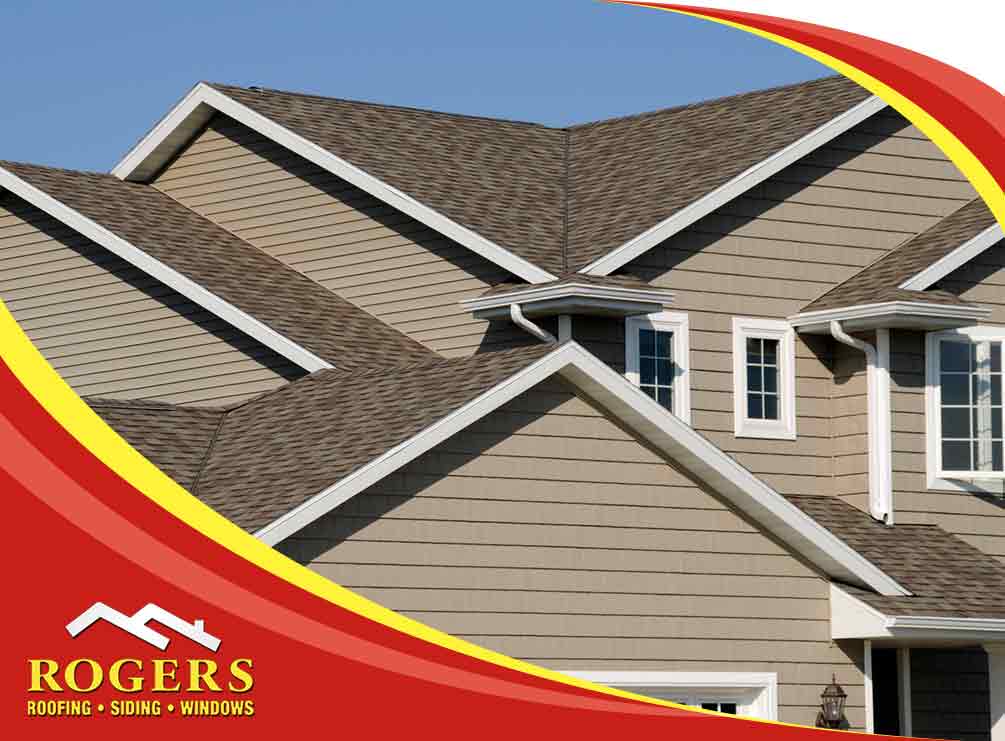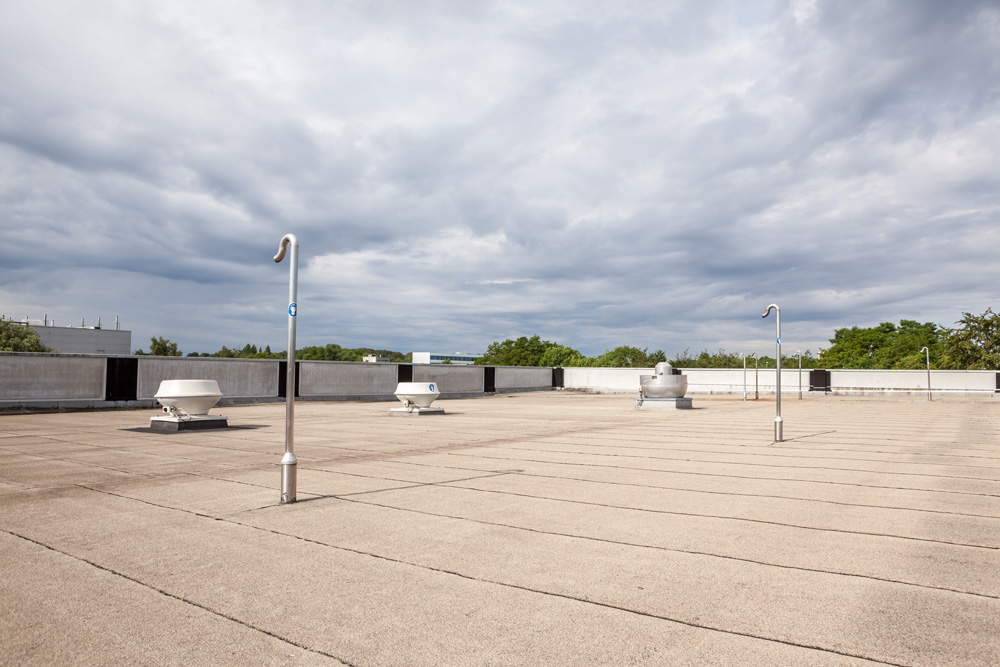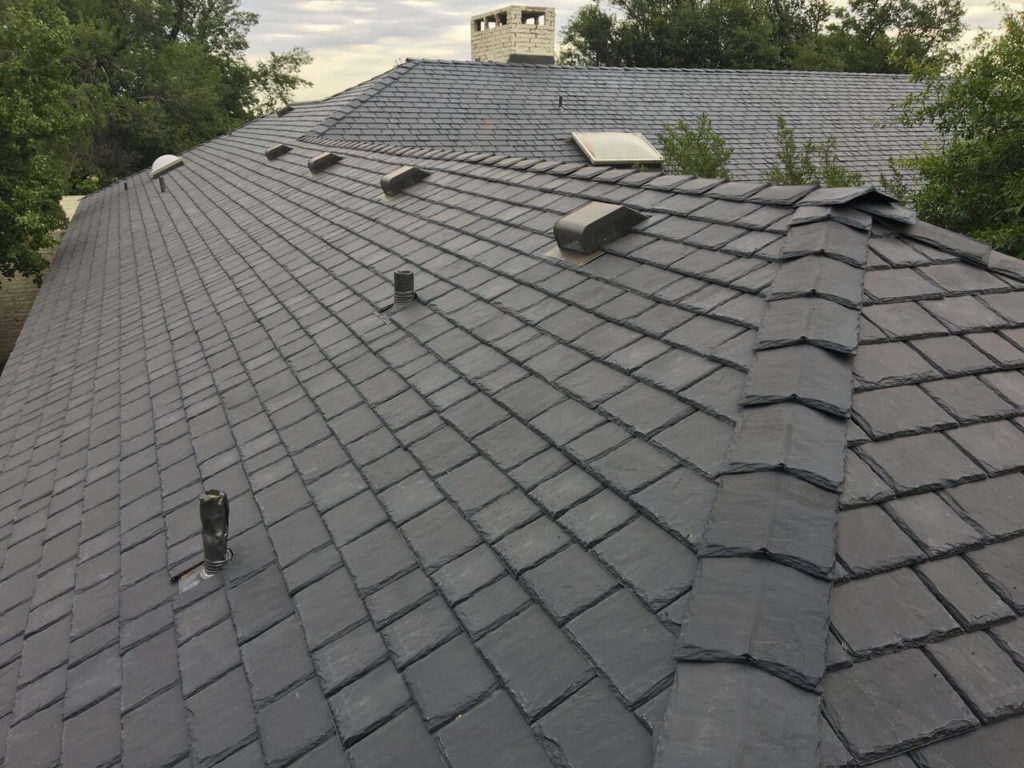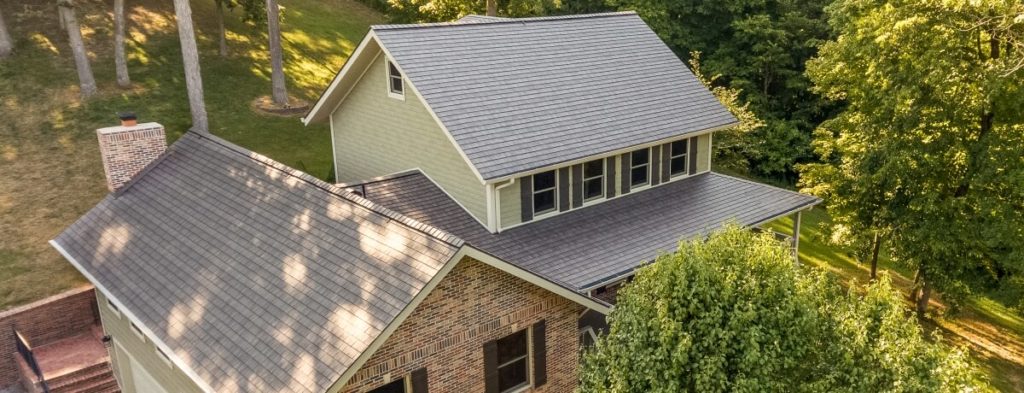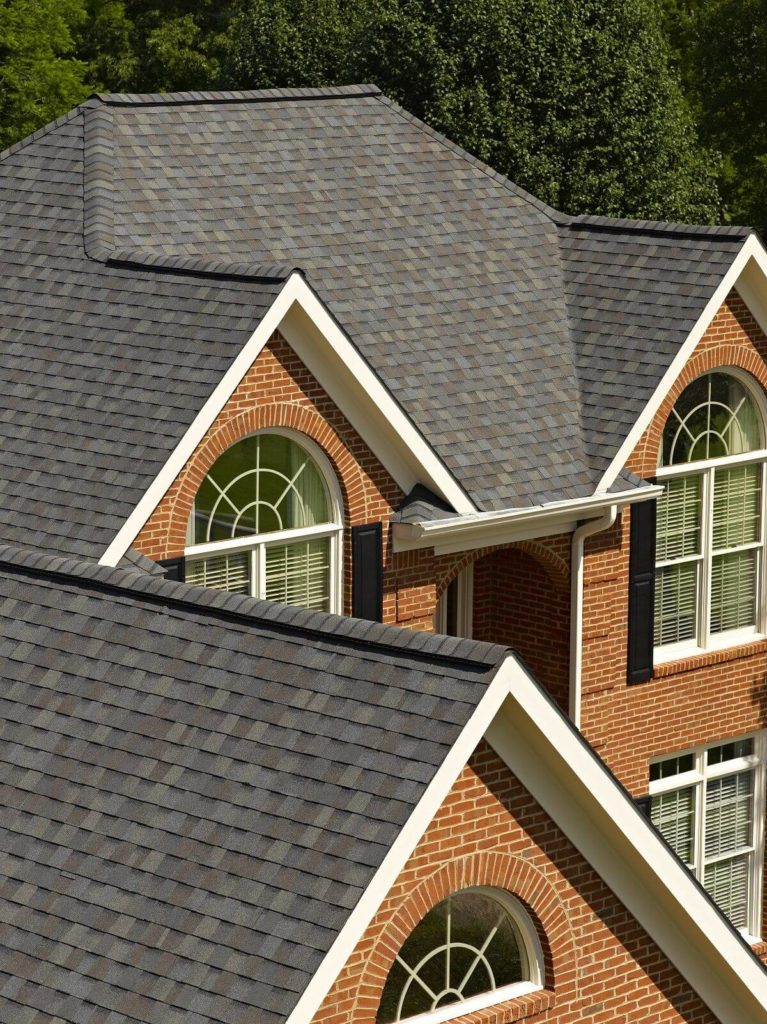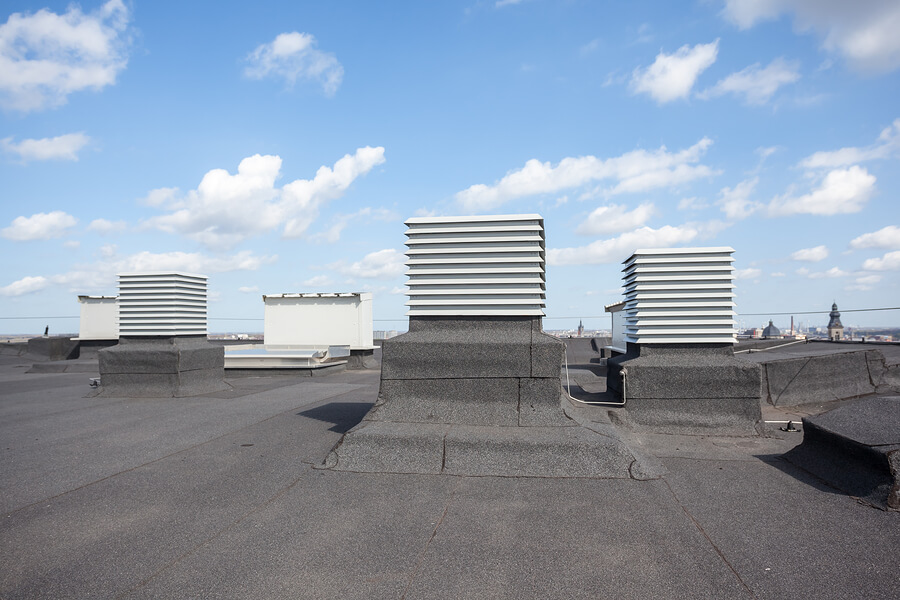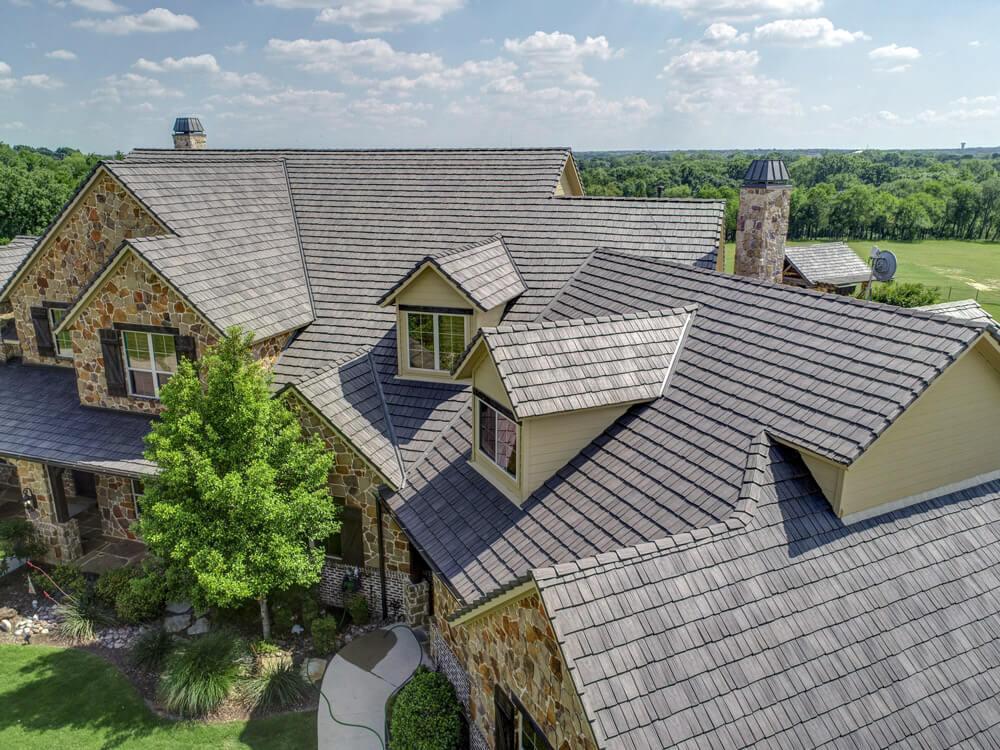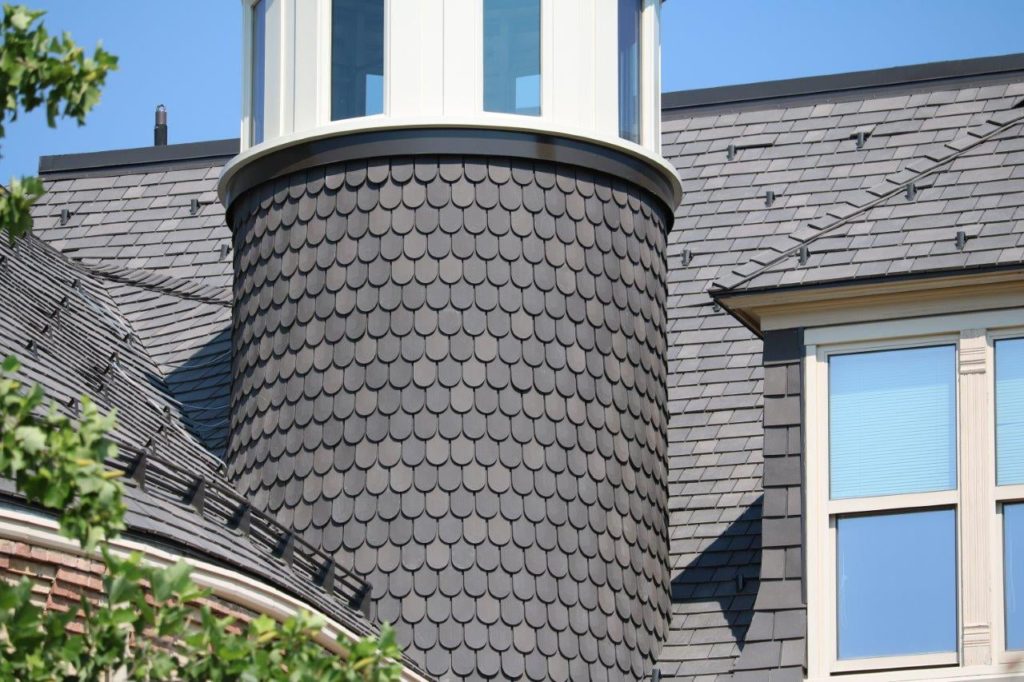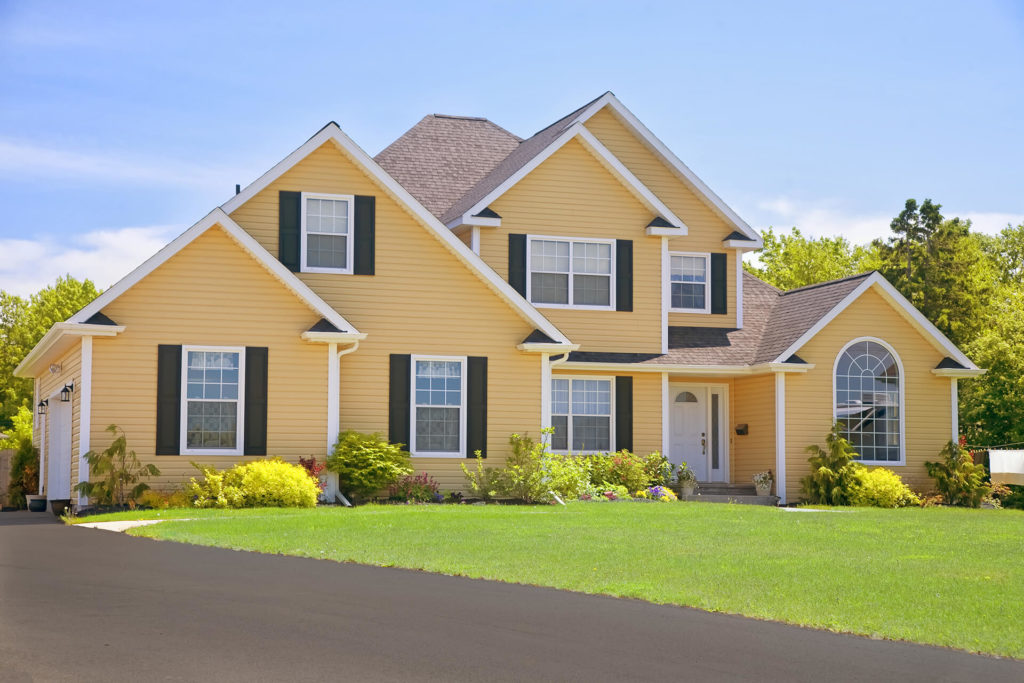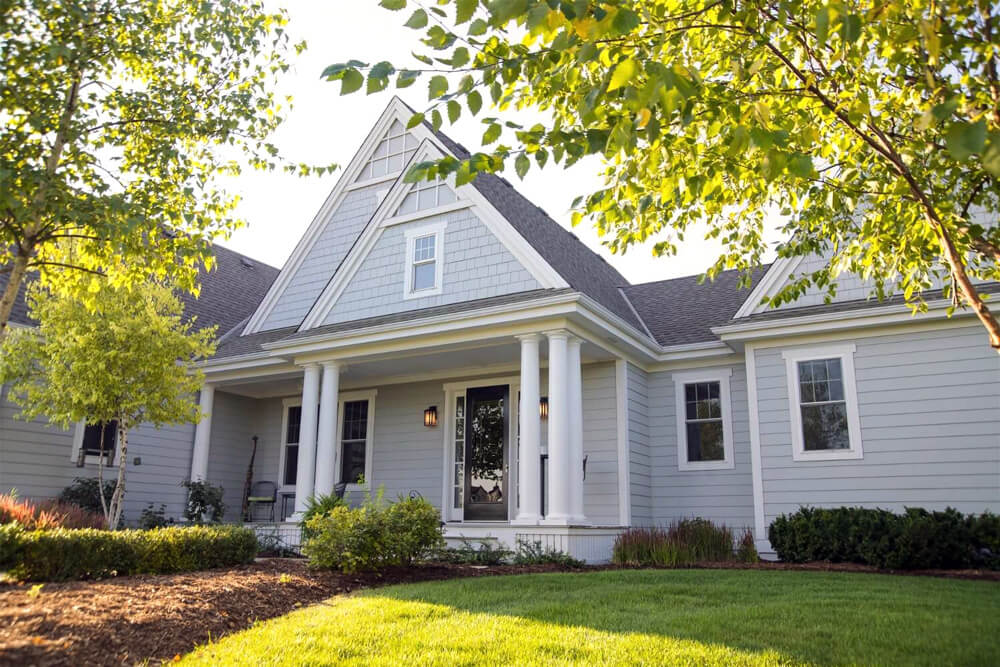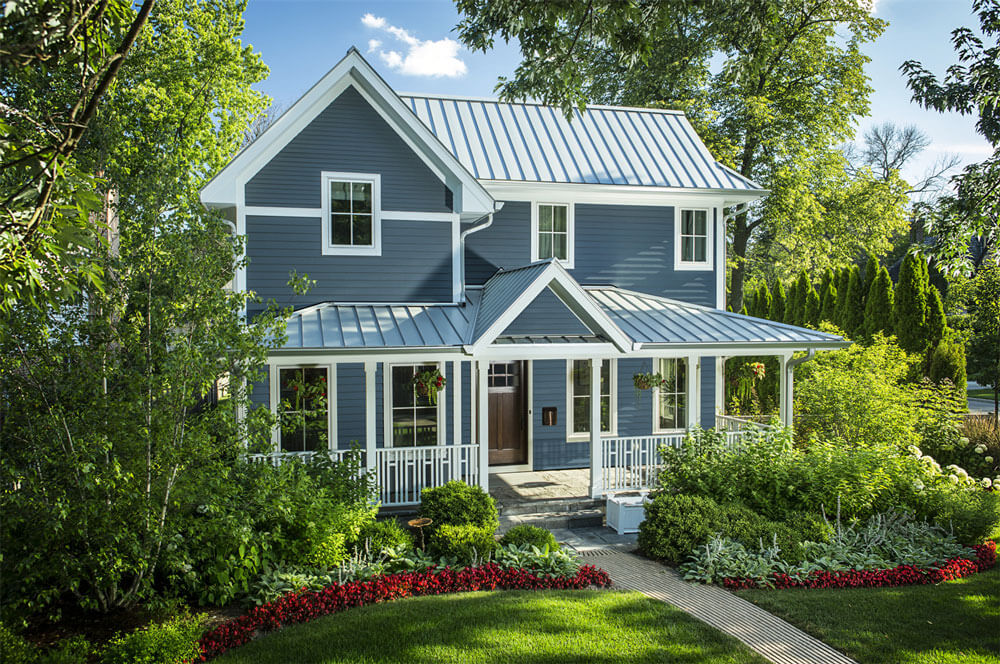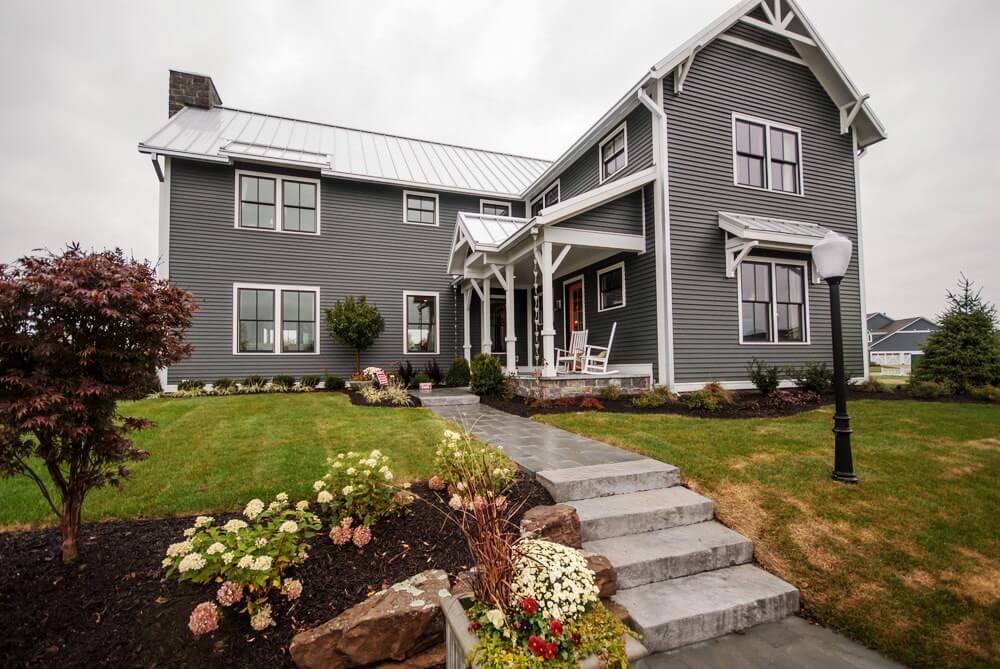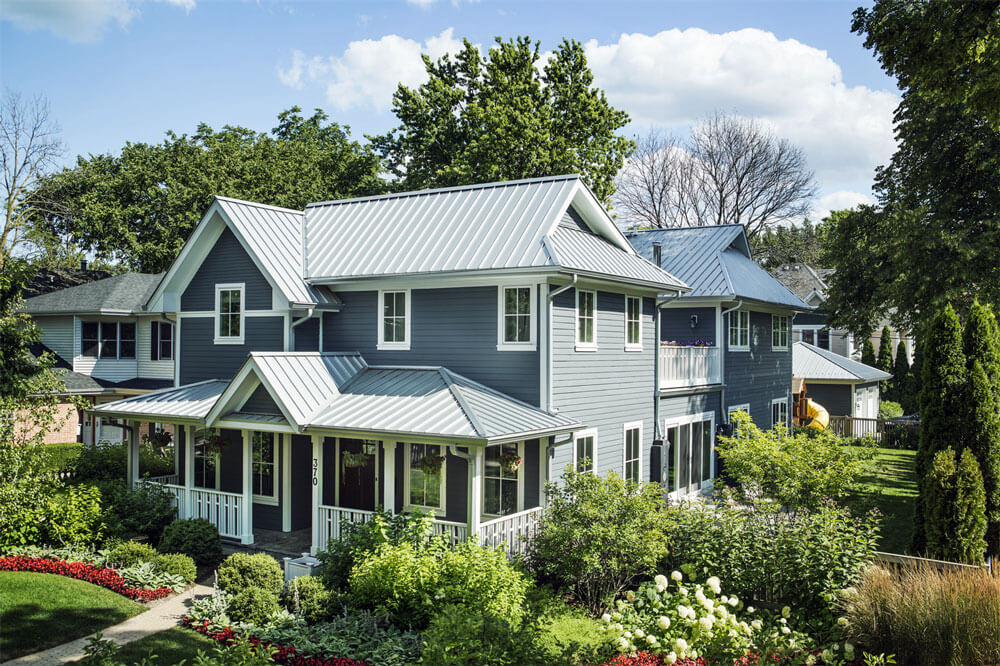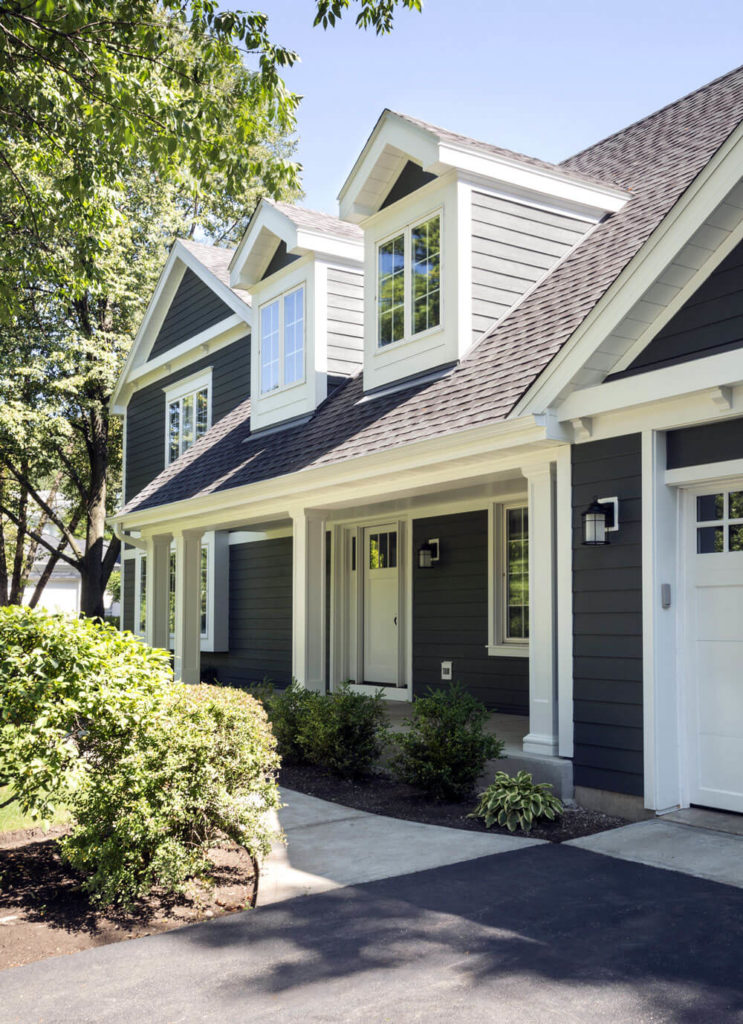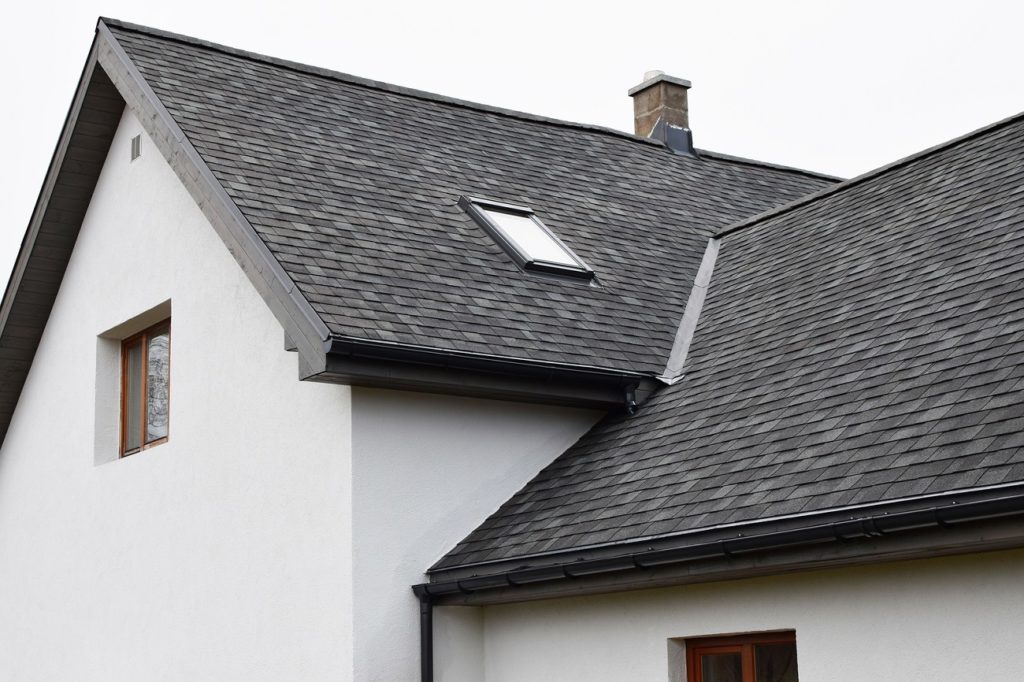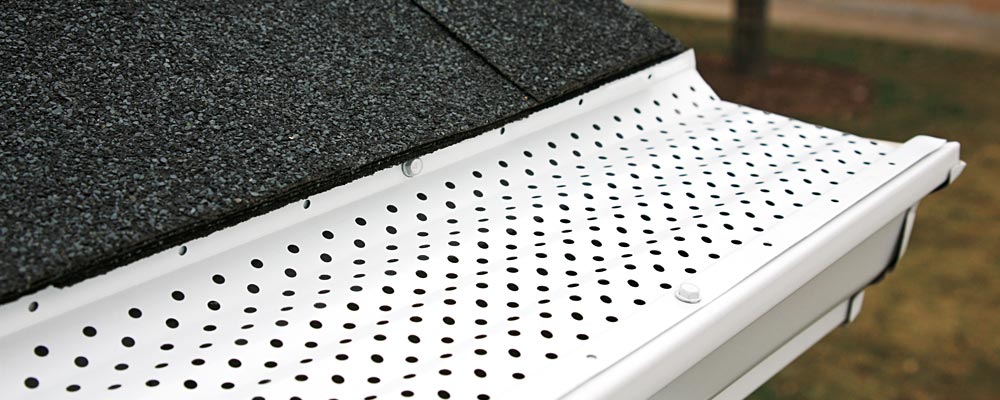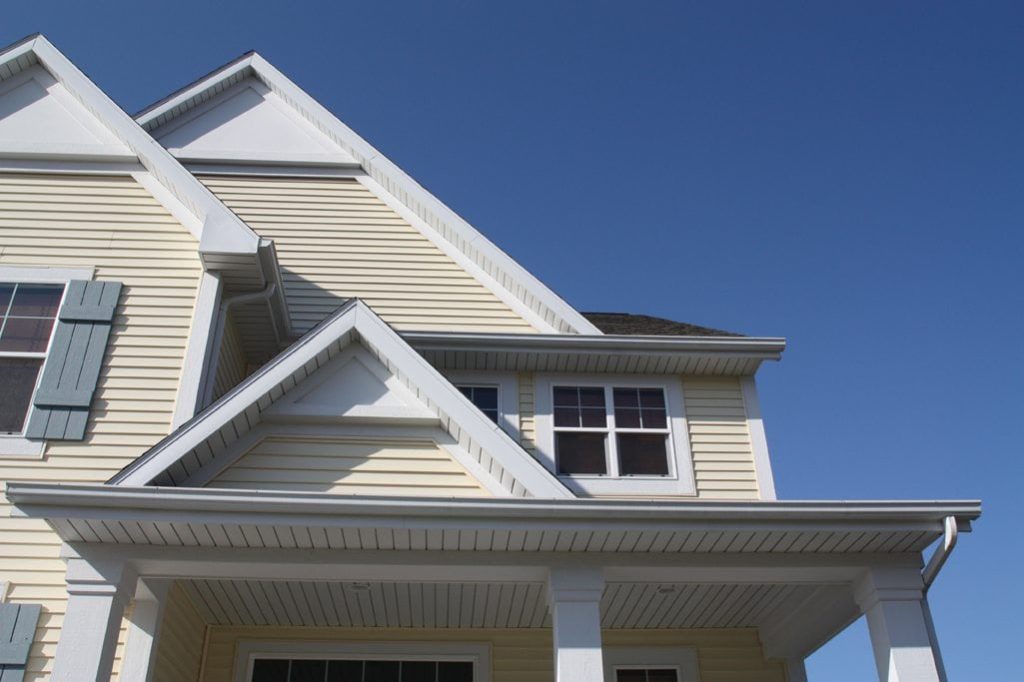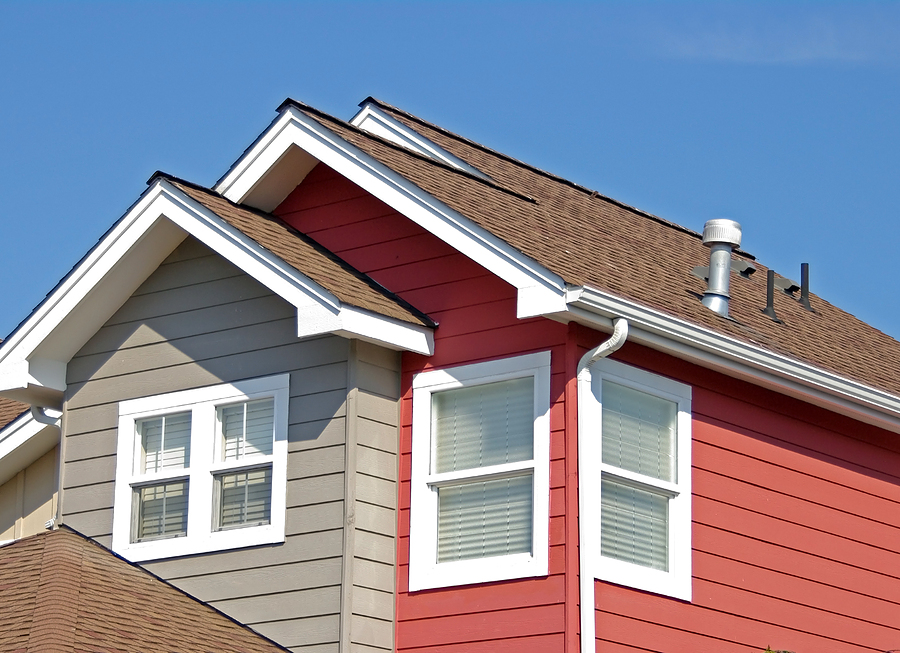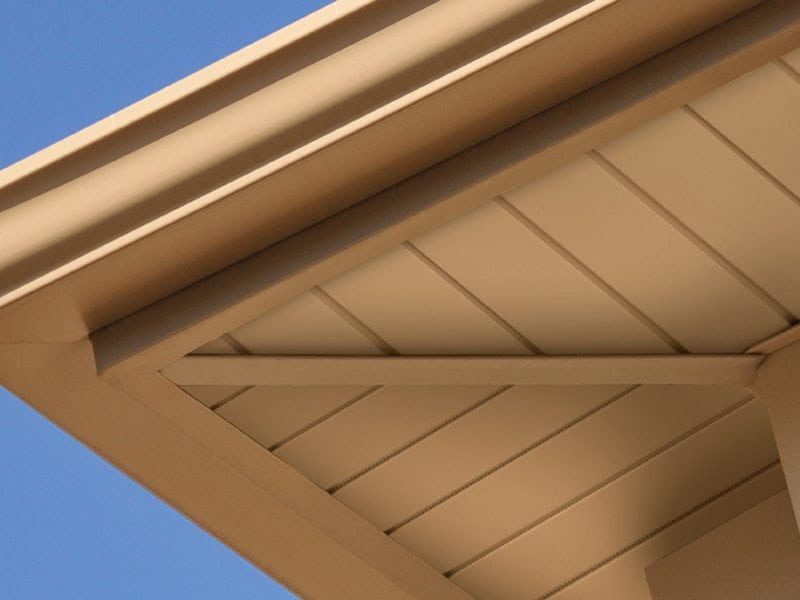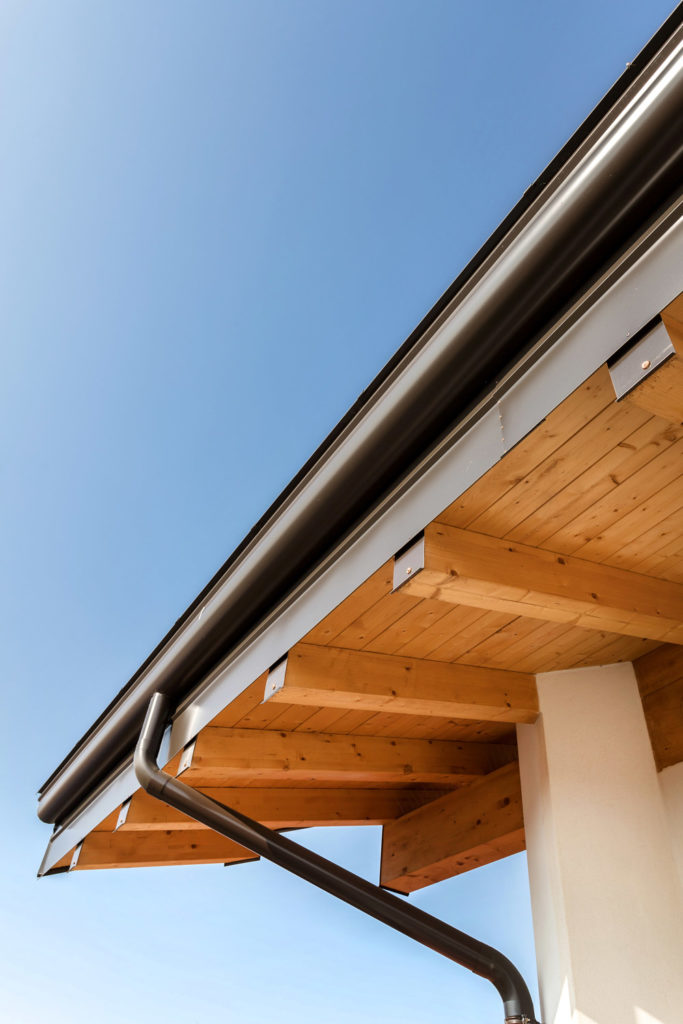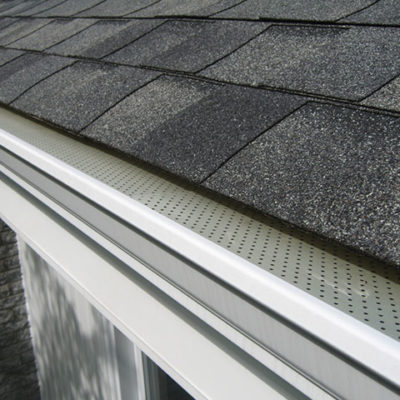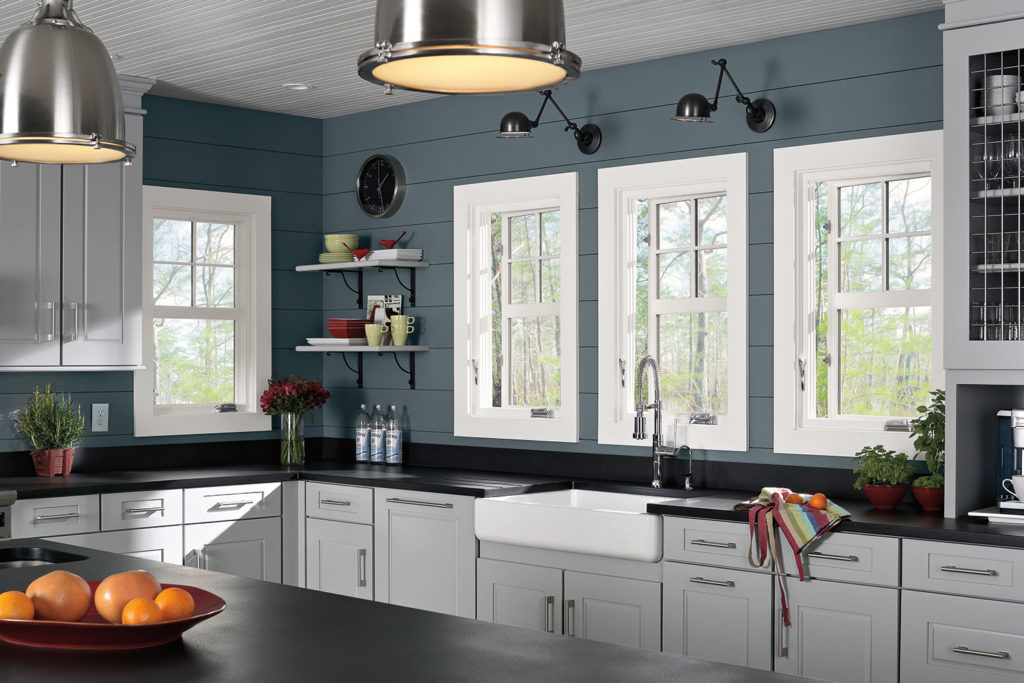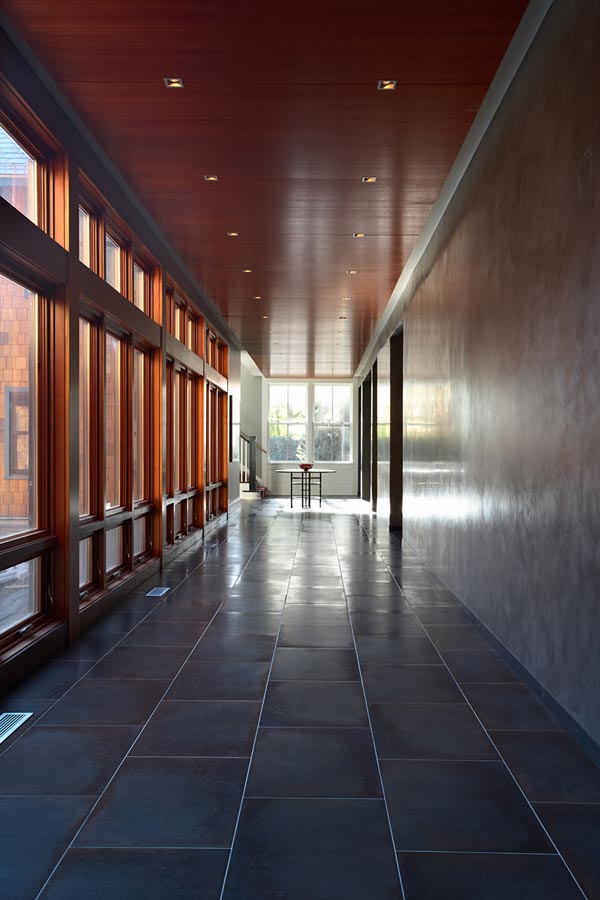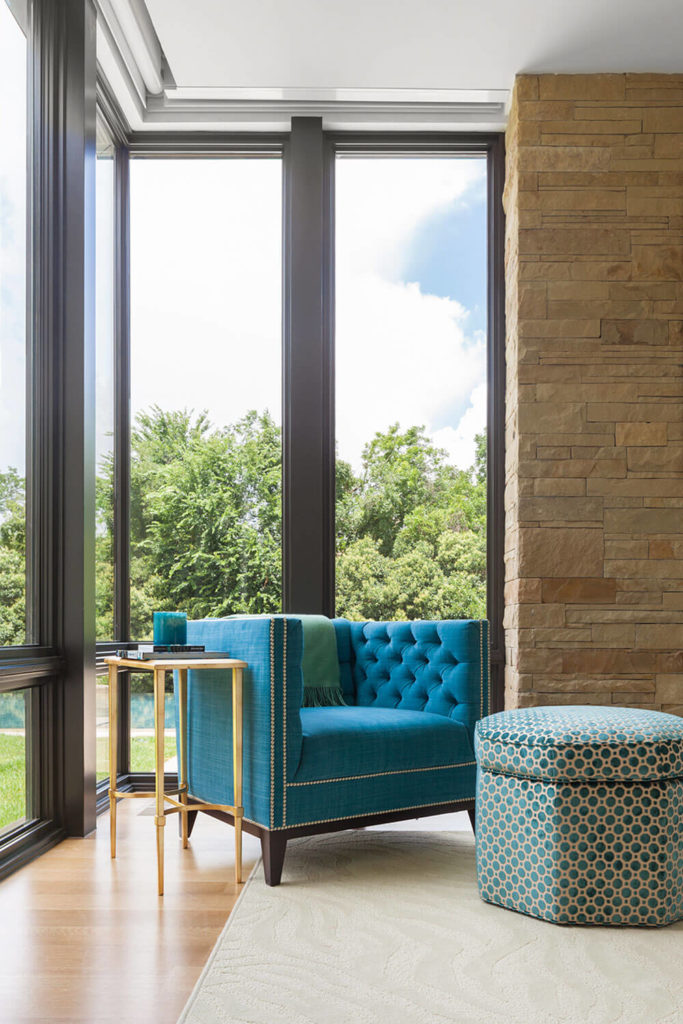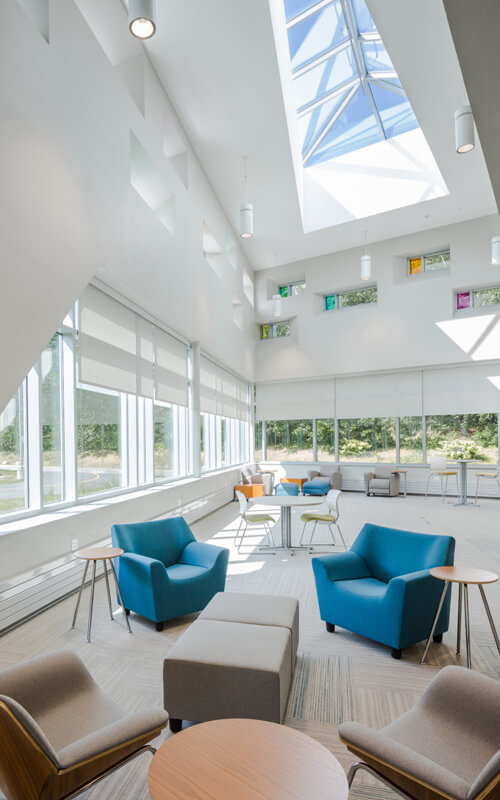Granule loss is one of the most compelling signs that your asphalt shingle roof is nearing its end and needs replacement. After all, protective granules exist to shield the substrate from ultraviolet (UV) radiation, which renders materials brittle and more prone to breakage.
However, you can’t blame this phenomenon on the age of the roof all the time. In some cases, Father Time has nothing to do with your balding shingles. Rogers Roofing explains what could be causing your roofing shingles to go bald.
Manufacturing Defect
It’s common for newly installed roofs to shed extra granules, but they shouldn’t end up having bald spots. If you notice it happening only to certain parts of your roof, the products covering them could be defective. They might have belonged to a bad batch, and they must be replaced ASAP.
Blistering
Blisters are moisture spots in the shingles that have been trapped during the manufacture of the roofing product or exposure to an overly hot attic. When they heat up, they can rise to the surface and pop. Popped blisters will most likely displace protective granules, creating spots that are more vulnerable to UV light.
Hail Impact
Large, high-velocity hailstones can easily dislodge shingle granules upon impact. You can keep this occurrence to a minimum if you use products with a UL 2218 Class 4 rating like the CertainTeed Landmark® IR shingles.
Friction
Do you normally walk on your roof? You might be shortening its service life inadvertently with foot traffic. Your shingles can experience granule loss no matter how careful you are.
Further, overhanging branches might scrape reachable shingles with strong winds. Abrasion prevention is one of the reasons you should prune trees near your home.
Have Rogers Roofing on your side to investigate any case of asphalt shingle granule loss. Call us at (773) 768-3022 or (219) 933-9145 to discuss your roofing needs and get a FREE estimate. We proudly serve Orland Park, IL, as well as Crown Point, IN, and the rest of Northwest Indiana.
Categories:
